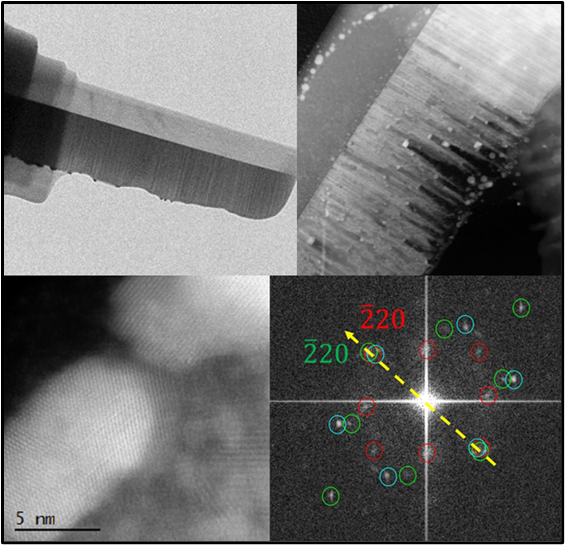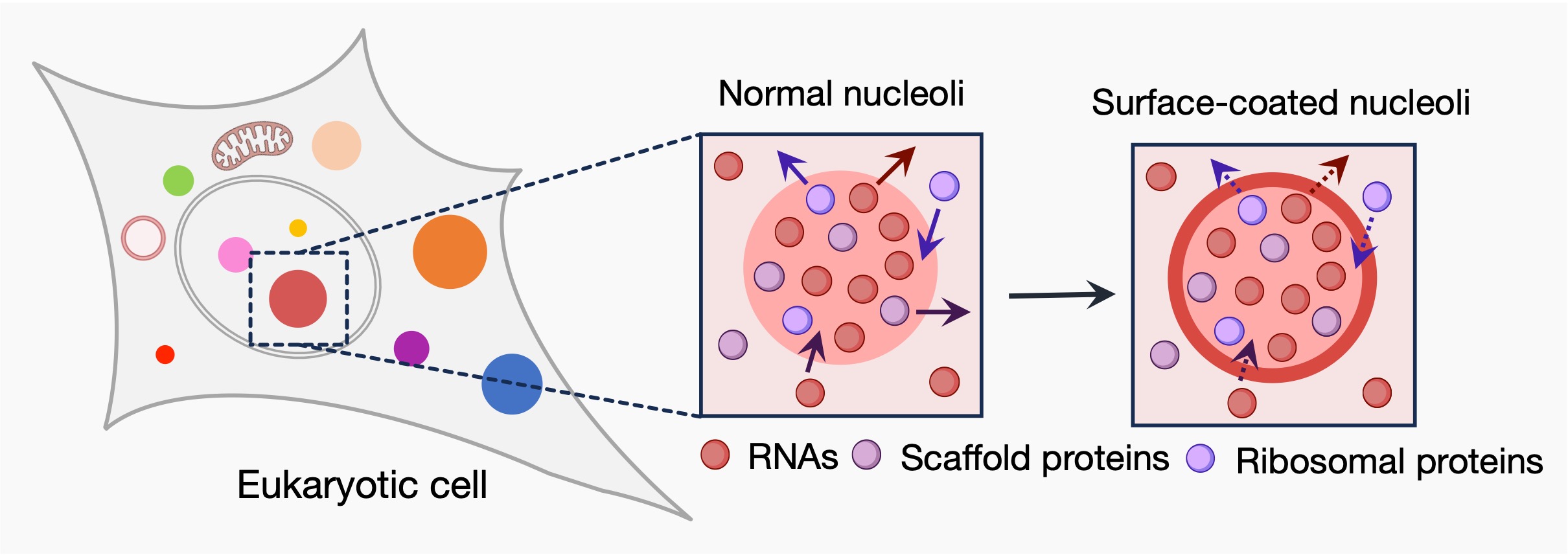Exit Seminar: Probing Nanostructure Evolution and Interface Dynamics in Inorganic Materials through Electron Microscopy Techniques

Abstract: Understanding materials at their atomic level is important given that the macroscopic properties of a material are intricately linked to its nanoscale structure. This plays a pivotal role in advancing structural materials since their performance is significantly influenced by factors such as composition, and microstructure which consist of different interfaces, crystalline phases, and defects.
In the automotive and aerospace industries reducing the weight of materials is critical to enhance fuel efficiency without compromising safety and performance. Lightweight aluminum alloys are extensively studied to replace heavier materials in these sectors. This work offers a comprehensive characterization of the evolution of various precipitates within aluminum alloys under laser treatment conditions, aiming to enhance their mechanical properties.

The thesis also delves into understanding the diffusion and dissolution mechanisms of metal nanoparticles on or into metal oxides. Metals like gold, in their bulk form, are traditionally considered chemically inert and inefficient as catalysts. At the nanoscale, however, as the particle size decreases, their catalytic activity towards various reactions significantly increases. Our exploration of these systems under in situ TEM heating has provided valuable insights into the structure-function relationships of these interfaces. This knowledge can be employed in optimizing the production of nanomaterials with enhanced interface properties.
KEYWORDS: Aluminum alloys, precipitate hardening alloys, SLV, TEM, in situ TEM


 Gang Wu is a professor in the Department of Chemical and Biological Engineering at the University at Buffalo (UB), The State University of New York (SUNY-Buffalo). He completed his Ph.D. studies at the Harbin Institute of Technology in 2004, followed by extensive postdoctoral training at Tsinghua University (2004-2006), the University of South Carolina (2006-2008), and Los Alamos National Laboratory (LANL) (2008-2010). Then, he was promoted to a staff scientist at LANL. He joined SUNY-Buffalo as a tenure-track assistant professor in 2014 and was quickly promoted to a tenured associate professor in 2018 and a full professor in 2020. His research focuses on functional materials and catalysts for electrochemical energy technologies. He has published more than 320 papers in prestigious journals, including Science, Nature Energy, Nature Catalysis, JACS, Angew Chem, and Advanced Materials. His papers have been cited more than > 48,000 times with an H-index of 118 (Google Scholar) by November 2023. He is currently leading and participating in multiple fuel cell, battery, and renewable fuel (e.g., NH3) related projects with a total research funding of more than $10.0 M. Dr. Wu was continuously acknowledged by Clarivate Analytics as one of the Highly Cited Researchers since 2018. He recently received the SUNY Chancellor’s Award for Excellence in Scholarship & Creative Activities (2021) and UB’s Exceptional Scholar–Sustained Achievement Award (2020). He serves as Associate Editor for a few journals, including the Journal of the Electrochemical Society (JES), the Electrochemical Society’s flagship journal.
Gang Wu is a professor in the Department of Chemical and Biological Engineering at the University at Buffalo (UB), The State University of New York (SUNY-Buffalo). He completed his Ph.D. studies at the Harbin Institute of Technology in 2004, followed by extensive postdoctoral training at Tsinghua University (2004-2006), the University of South Carolina (2006-2008), and Los Alamos National Laboratory (LANL) (2008-2010). Then, he was promoted to a staff scientist at LANL. He joined SUNY-Buffalo as a tenure-track assistant professor in 2014 and was quickly promoted to a tenured associate professor in 2018 and a full professor in 2020. His research focuses on functional materials and catalysts for electrochemical energy technologies. He has published more than 320 papers in prestigious journals, including Science, Nature Energy, Nature Catalysis, JACS, Angew Chem, and Advanced Materials. His papers have been cited more than > 48,000 times with an H-index of 118 (Google Scholar) by November 2023. He is currently leading and participating in multiple fuel cell, battery, and renewable fuel (e.g., NH3) related projects with a total research funding of more than $10.0 M. Dr. Wu was continuously acknowledged by Clarivate Analytics as one of the Highly Cited Researchers since 2018. He recently received the SUNY Chancellor’s Award for Excellence in Scholarship & Creative Activities (2021) and UB’s Exceptional Scholar–Sustained Achievement Award (2020). He serves as Associate Editor for a few journals, including the Journal of the Electrochemical Society (JES), the Electrochemical Society’s flagship journal.



